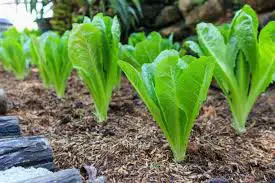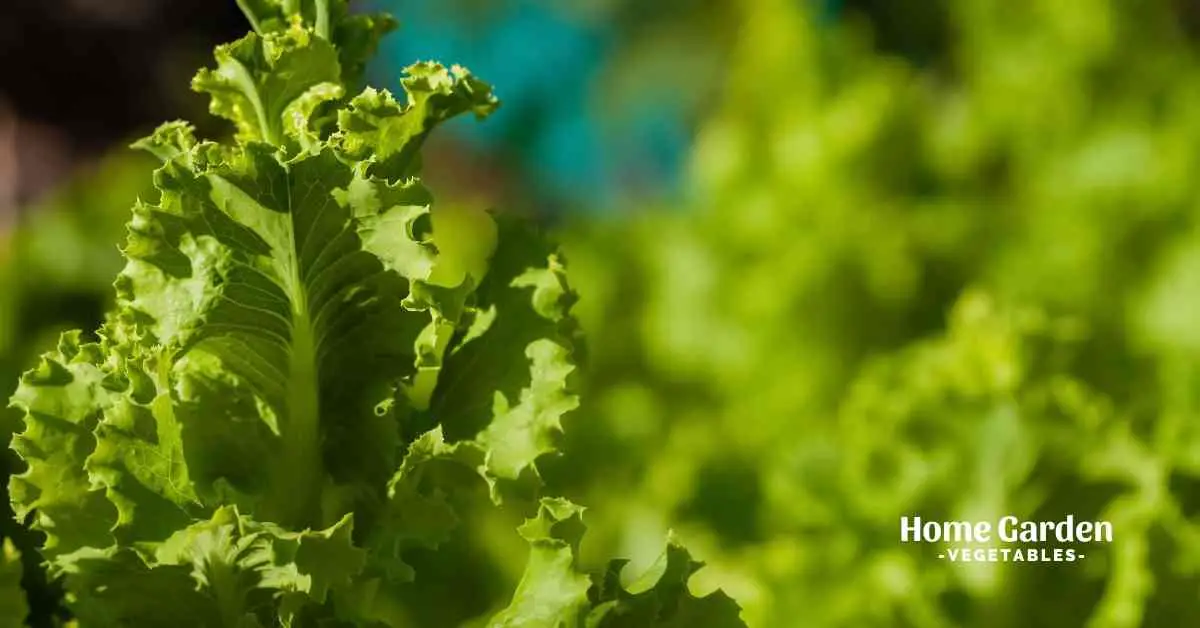For head-forming lettuce (Lactuca sativa) and leaf lettuce (Lactuceae), mature leaves may be harvested in as little as 60 days. The vast majority of lettuce is eaten raw and fresh, thus appropriate cleaning is necessary to remove any hazardous microorganisms. Lettuce may also have dirt grit on its leaves, which can be unpleasant to eat. Preventing food-borne disease and undesirable grit while preserving crispness is achieved via proper washing. All zones of hardiness can grow lettuce, and it may be sown in spring or autumn.

Things That You’ll Use:
- Knife
- Bowl
- Colander
- Towels made of paper
- Plastic bag for storing things
Gather Your Lettuce
As soon as the heads reach their maximum size, clip them off of the plant at ground level. When picking lettuce in the morning, Old Farmer’s Almanac recommends that the leaves are not yet exposed to the sun’s rays. When the outermost leaves of leaf lettuce types reach a length of 4 to 8 inches, choose individual leaves or trim the whole leaf lettuce plant to a height of 3 inches when it reaches a height of 6 to 8 inches.
Reader Poll: What online courses would interest you?
Cut back the plant instead of collecting individual leaves to encourage fresh growth for future harvests. When your leaf lettuce gets grown enough to utilize, you may begin chopping the leaves. Your lettuce plants will become bitter if you observe a seed stalk forming in their middle, which is a sign that the extended days of heat are taking their toll on the plant. Harvest your lettuce as soon as seed stalks begin to grow and keep it in the fridge.
Remove The Core Of The Lettuce And Discard It
Using a pair of scissors, halve the head of lettuce and remove the tough stem core. Remove any fragile or broken lettuce leaves, whether it is ahead or a leaf variety.
Rinse The Lettuce Gently
The water should be lukewarm, but not hot. For 30 seconds, submerge the lettuce leaves in water and vigorously agitate them. Immediately flush the sink or bowl with water to remove any remaining dirt or grit. Lettuce should be washed twice in a container of cold water. It’s best to do a second rinse and repeat the cold water wash to remove any remaining dirt.
Subscribe to our newsletter!
Dry Lettuce By Draining It
Drain the lettuce in a colander for 5 to 10 minutes. Use a clean paper towel to wipe away any remaining moisture from the leaves.
Lettuce Storage Tips
Put the lettuce in a plastic bag after it’s dried. Using a paper towel, pat down the lettuce to remove any leftover moisture. For up to a week, the University of Illinois Extension recommends that lettuce be stored in an open bag in the vegetable crisper drawer of the refrigerator at 32 degrees Fahrenheit.
lettuce that is wilted or diseased should not be kept in the fridge. Lettuce should not be stored alongside fruits like apples, pears, or bananas. Lettuce will turn brown and rot soon as ethylene gas is released by these fruits, which is nature’s way of saying “ripen me.” It is best to store lettuce in the refrigerator at a low temperature, such as at the back. As a result, lettuce will soon start to seem slimy or acquire black patches. Slime and black patches are the results of a bacterial breakdown, and they are frequently caused by mold. Immediately toss these leaves or heads.
How To Keep Your Refrigerator’s Lettuce Fresher Longer:
There are a variety of methods for preserving crisp, fresh lettuce in the home kitchen, which is great news for everyone. All sorts of leafy vegetables may benefit from some of the same techniques. In addition, there are a few basic guidelines for selecting vegetables. To keep your lettuce fresh and ready for your favorite recipes, we’ve put together this overview.
Lettuce Should Be Kept In The Fridge
Vegetables take longer to mature in your refrigerator since the temperature is lower than they would be outside. As a result, the development of bacteria that might harm fresh fruit is slowed in the enclosed setting. As soon as you get home lettuce from the shop, put it in the fridge immediately.
Crisper Drawers Are The Best Choice
Because it keeps veggies at the perfect moisture level, it’s called the Vegetable Drawer. Adjustable humidity crisper drawers are standard equipment in the majority of new refrigerators. Keep the lettuce at a reasonable height and avoid crowding the other items. Leafy greens need a lot of space to thrive.
Romaine Lettuce
Wash or don’t wash? To save time, keep fresh romaine in a plastic bag that is just loosely closed. Leaves may be separated from the heart for washing if you like. Refrigerate romaine hearts in a plastic bag after patting them dry with paper towels.
Washing Iceberg Lettuce
This form of lettuce should not be washed before putting it in the fridge, no matter what kind it is. However, even though it has high water content, exposure to outside moisture might cause the leaves to wilt. It may be stored in a perforated plastic bag in the refrigerator for up to one week.
Let The Bagged Greens Breathe
Salads packed with lettuce, spinach, and chard are a fantastic example of water-rich combos. Cut the top off the product box and keep it open in the crisper drawer to extend the life of pre-mixed salad greens and bagged shredded lettuce.
Conclusion
Garden lettuce is more crucial than you may imagine for keeping fresh. If you don’t want to become ill from eating unclean or sandy lettuce, don’t. This may happen if you don’t properly wash your garden lettuce. So, too, may the same be said about keeping lettuce. It’s also possible to become ill from germs that are lurking in the wrong place. Improve the quality of your salads by cleaning and storing garden lettuce properly.

